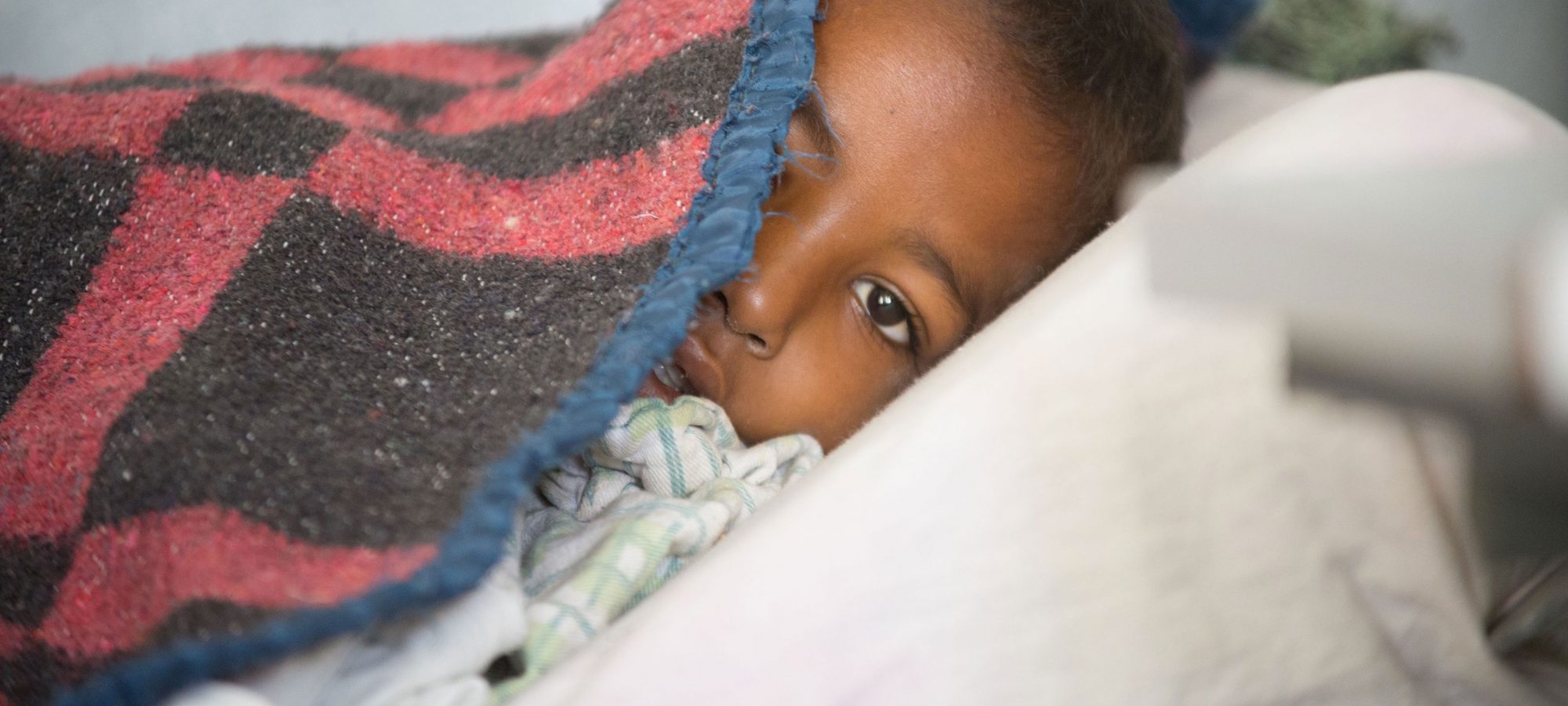Leaving our mark
Humans have been called the greatest modern ecosystem engineers, regularly constructing, adapting and even destroying habitats to build their homes. Like many organisms, we seek to create environments that are more liveable and comfortable, capable of offering us both protection and sustenance. We have shaped environments and altered the way we interact with them through urban development, agricultural practices, and engineering and extraction activities, all of which have had a profound and visible impact on our planet. In fact, the impact of our actions is so extensive that some now refer to our current geological age as the Anthropocene — a period that marks when human activity began to significantly affect the planet’s climate and ecosystems. (It is widely accepted that climate change is the result of human activity.)
Constructing a niche
The niche construction perspective was first popularised by biologist Richard Lewontin,[1] who suggested that organisms do not just passively adapt to conditions in their environment, but instead actively create and change environmental conditions, which may influence other environmental sources of selection. In other words, by changing our own environments, we may be altering the conditions for survival of other species, too — either by making it easier for them to proliferate, or lowering their odds of survival. Biologist John Odling-Smee, however, was the first to coin the term ‘niche construction’ and to propose it as an evolutionary process [1]: over time, and across generations, changes in an organism’s behavioural or physiological traits can become learned or inherited. One could argue that human niche construction has shaped the evolution of mosquitoes and caused both humans and mosquitoes to co–evolve within their shared environment.
Consequences
When it comes to controlling mosquito-borne diseases, our activities are largely aimed at excluding or deterring vectors from our human spaces, or increasing their mortality, in order to prevent infection. Interventions such as artemisinin-based combination (ACT) therapies, indoor residual spraying and insecticide treated nets are all effective ways to reduce malaria transmission and incidence: ACT is an effective treatment for cases of uncomplicated Plasmodium falciparum malaria; insecticides increase mortality among mosquitoes and disrupt the life cycle of Plasmodium parasites; and nets provide a physical barrier that prevents mosquitoes from biting people. So, we significantly modify our environments to make them less desirable and accessible to mosquitoes, which can elicit an evolutionary response in them. Our activities certainly affect vector mortality and behaviour, but not always in the way we might expect. Our actions may inadvertently foster the conditions that allow mosquitoes to thrive —or at the very least, to adapt and circumvent our efforts.
Though difficult to predict, over time, mosquitoes can develop physiological and behavioural resistance to insecticides and repellents, and their parasites can develop drug resistance. Resistance of malaria parasites to ACTs was first reported along the Thailand-Cambodia border in 2008 and has continued to spread across the Greater Mekong Subregion, where Malaria Consortium continues to work on countering drug resistant malaria. Most recently, malaria parasites were found to be resistant to artemisinin derivatives in Rwanda — the first time this characteristic has been seen in Africa. As well as driving resistance, our malaria interventions are also generating a selection shift towards different behaviours among mosquitoes, such as biting or feeding outdoors, or at different times of day.
As we show in our recent position statement on climatic changes, in some parts of the world, warmer temperatures and increased rainfall resulting from human-induced climate change can accelerate the life cycle of mosquitoes and their parasites, creating improved conditions for breeding and increasing the risk of malaria transmission. In the Brazilian Amazon, deforestation and mining have provided a fertile breeding ground for Anopheles mosquitoes, and, historically, inadequate infrastructure in the face of unplanned urbanisation among the Amazonian population allowed Aedes mosquitoes — the main vector of dengue, chikungunya, and Zika viruses — to flourish.
Cycles of adaptation
While these few examples highlight how mosquitoes can adapt (and evolve) to respond to our interventions, it is worth remembering that this is not a one-way system. Changes in vector behaviour have pushed us to respond in turn: devising and implementing more robust surveillance systems, and developing new methods and treatments for malaria prevention and control. For example, scientist are exploring gene editing in mosquitoes, with can be used either to suppress mosquito populations or to inhibit their ability to transmit malaria.
As we continue to tackle this disease across the globe, we would do well to remember that every decision we make has an impact on the spaces, and species, around us. Interventions that affect our climate and ecosystems may spur responses in mosquitoes and their parasites that contradict our ultimate goal of malaria eradication. If we hope to achieve this goal — and to avoid being locked into an ongoing cycle of adaptation with vectors — we should integrate thinking on how we construct our niches into global health strategies.
Sam Rothbart is Senior Publications Officer at Malaria Consortium
____________________________
- Laland K, Matthews B, Feldman MW. An introduction to niche construction theory. Evolutionary Ecology; 2016(30): 191–202.
Browse blog by:
Categories
Countries
